Integrating Native Plants in Design: Beauty, Resilience, and a True Sense of Place

Reading the Land
Before planting, walk the site at different hours and seasons. Notice wind, shade, water flow, and soil texture. Native plants translate these cues into form, creating design decisions that feel inevitable, grounded, and deeply local.

Seasonal Color That Belongs
Native wildflowers, grasses, and shrubs sync with regional seasons, delivering color exactly when local pollinators need it. This alignment makes your design feel effortless and authentic, while supporting life beyond the garden fence. Share your favorite seasonal moments.

Microhabitats as a Design Framework
Map dry slopes, damp swales, sunny edges, and dappled understories. Then layer native species adapted to each microhabitat. The result is a seamless mosaic where beauty arises naturally from ecological fit. Comment with your microhabitat discoveries.

Water-Wise from the Roots Up
Deep-rooted native perennials and grasses capture rainfall, reduce runoff, and endure drought with poise. This doesn’t just save water—it stabilizes soils and protects nearby waterways. Subscribe for our monthly watering cues tailored to native gardens.
Soil Partnerships That Work
Mycorrhizal relationships help many natives access nutrients efficiently. Disturb soil minimally, add leaf litter, and avoid over-fertilizing. You’ll cultivate healthier plants, fewer pests, and a living soil web. Tell us your soil wins and lessons learned.
Right Plant, Right Place, Fewer Headaches
Match light, moisture, and space needs precisely. When natives fit their niche, pruning, staking, and pest control shrink dramatically. That means more time to enjoy the garden and less time troubleshooting. Share your best low-maintenance native combos.
Pollinator Pathways
Plant sequences of native blooms from early spring through late fall. Think nectar, pollen, and larval host plants. Watch butterflies linger, bees buzz, and neighbors get curious. Comment with a photo of your longest continuous native bloom sequence.
Birdsong Borders
Layer native shrubs and trees for nesting cover, berries, and insects. A single serviceberry can host hundreds of caterpillar species, feeding nestlings. Subscribe for our regional bird-friendly plant lists and share which species you’ve welcomed this season.
Nightlife in the Garden
Native night-bloomers and moth host plants enrich evening ecology. Reduce lighting or shield fixtures to protect nocturnal pollinators. Enjoy the hush, the wingbeats, and the stars. Tell us how you design for life after dusk with native choices.

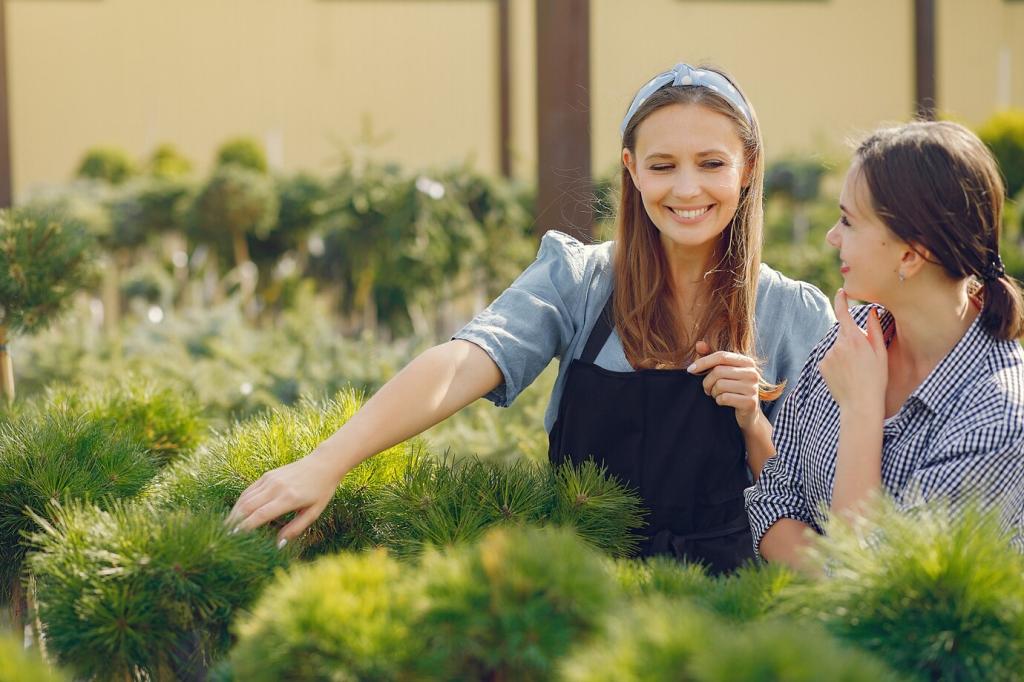
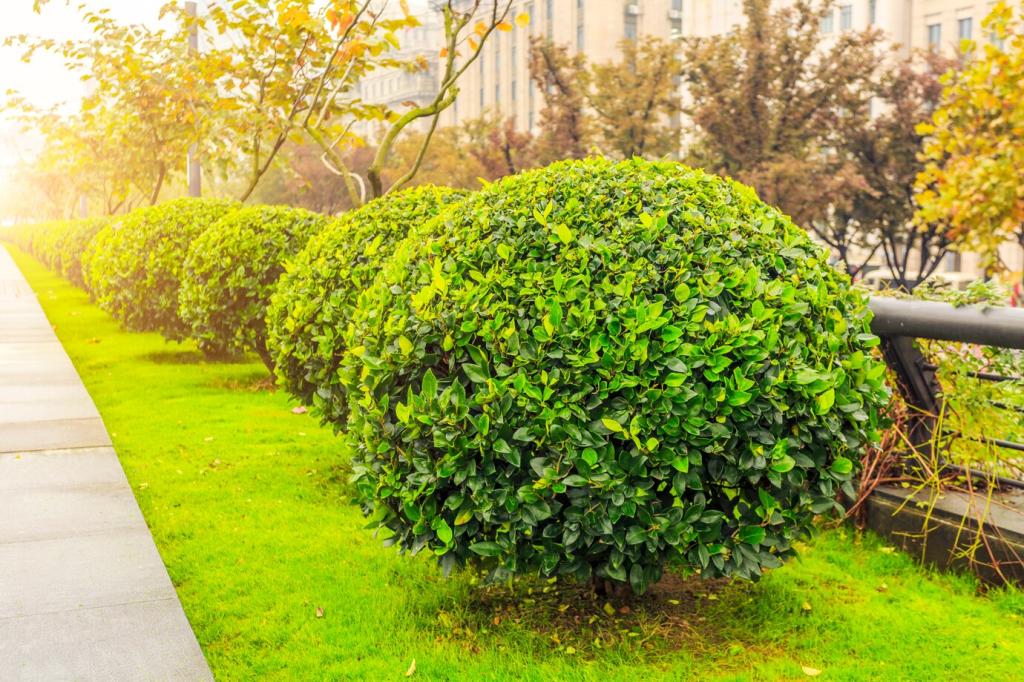
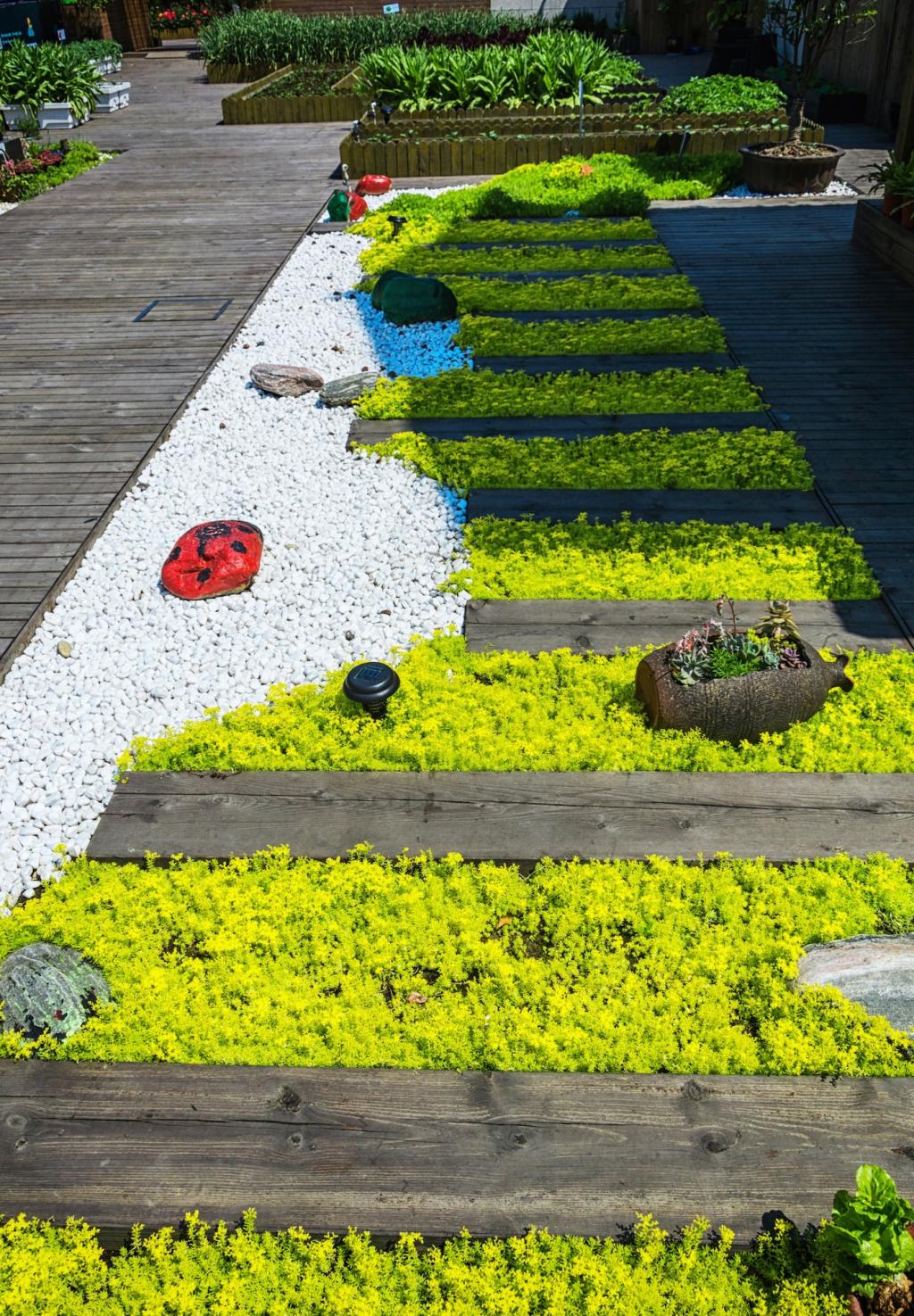
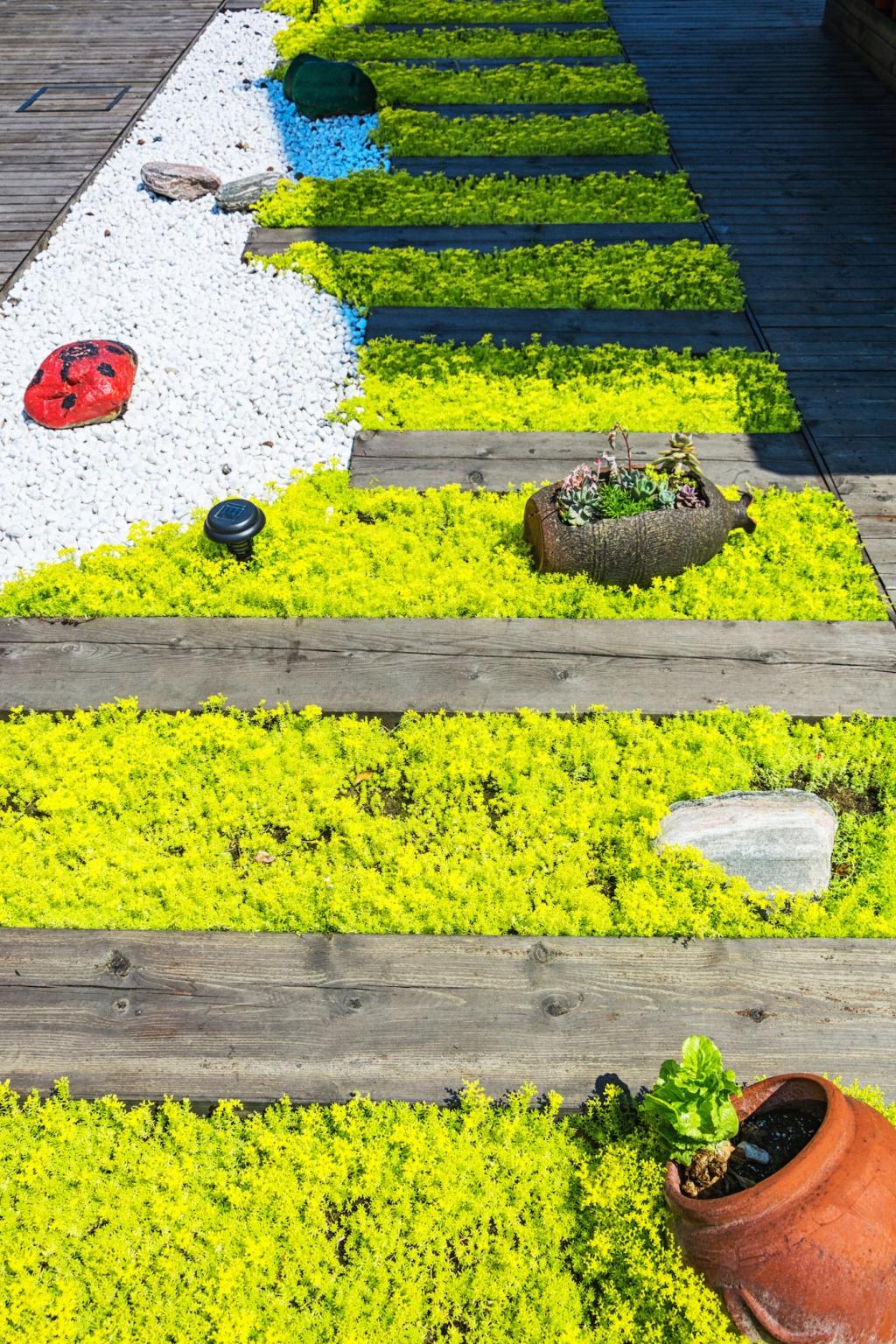
A Small Urban Patio, Big Habitat
In a 12-by-18 foot patio, a client replaced annuals with natives: coneflowers, little bluestem, and a serviceberry. Pollinators arrived within weeks. Neighbors asked for plant lists. Share your compact native garden success and what surprised you most.
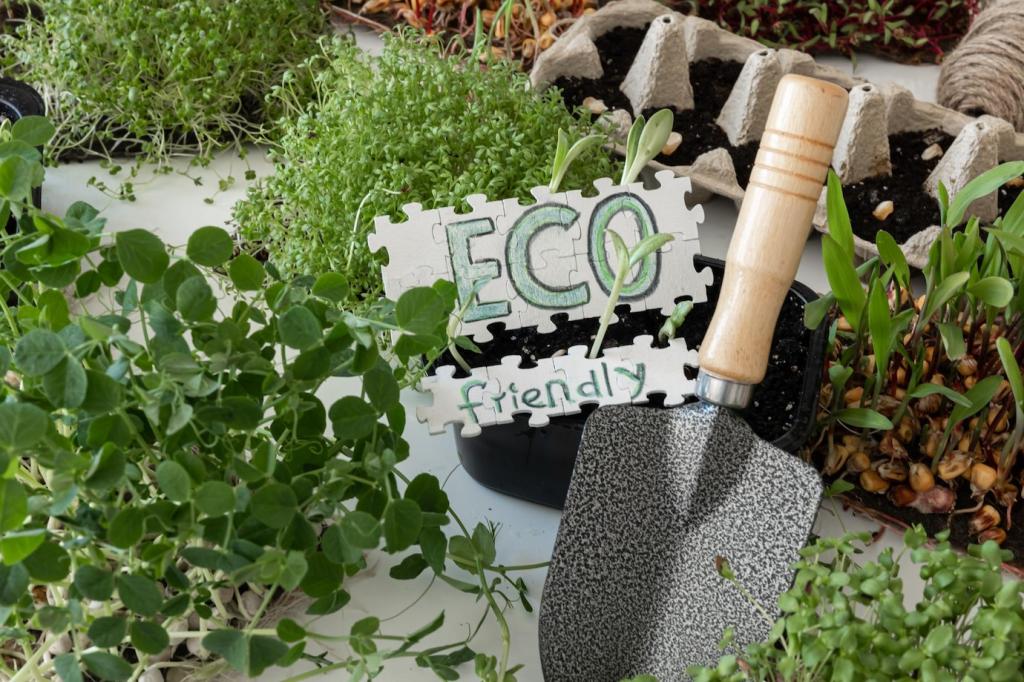
A Schoolyard Reimagined
Students helped plant native meadow strips along pick-up lanes. Reduced mowing costs, stormwater infiltration improved, and science classes took root outdoors. Subscribe to get our step-by-step guide for starting a schoolyard native garden at your local campus.
Spring Establishment
Water deeply, not often, to encourage strong roots. Weed early with mulch and patience. Resist over-fertilizing; natives prefer leaner soils. Subscribe for our spring checklist tailored to integrating native plants in design across major ecoregions.
Summer Editing, Not Erasing
Deadhead selectively to extend bloom while leaving some seed for wildlife. Thin overcrowded clumps; stake only where necessary. Editing preserves intent without sterilizing habitat. Comment with your favorite summer native maintenance tip or tool.
Autumn Structure and Winter Seed
Leave stems and seedheads standing for birds, overwintering insects, and sculptural beauty. Cut back in late winter, not fall. Share a photo of your frost-dusted native silhouettes and tell us which species shine in cold light.
Community, Policy, and Your Voice
01
Host a plant swap for regionally native species. Label sun, soil, and wildlife benefits. New gardeners gain confidence, and established gardeners diversify genetics. Invite friends, then share your swap stories and must-have native starters with our community.
02
Track pollinator visits, bird sightings, and bloom times to inform local conservation. Apps make it easy and fun. Subscribe for our quarterly community science prompts and contribute data that strengthens native-friendly policy in your region.
03
Advocate for tidy edges, clear signage, and native plant allowances. Demonstrate that beauty and ecological function coexist. Comment with your HOA successes, templates, or challenges so others can adapt and keep native-forward design moving forward.
